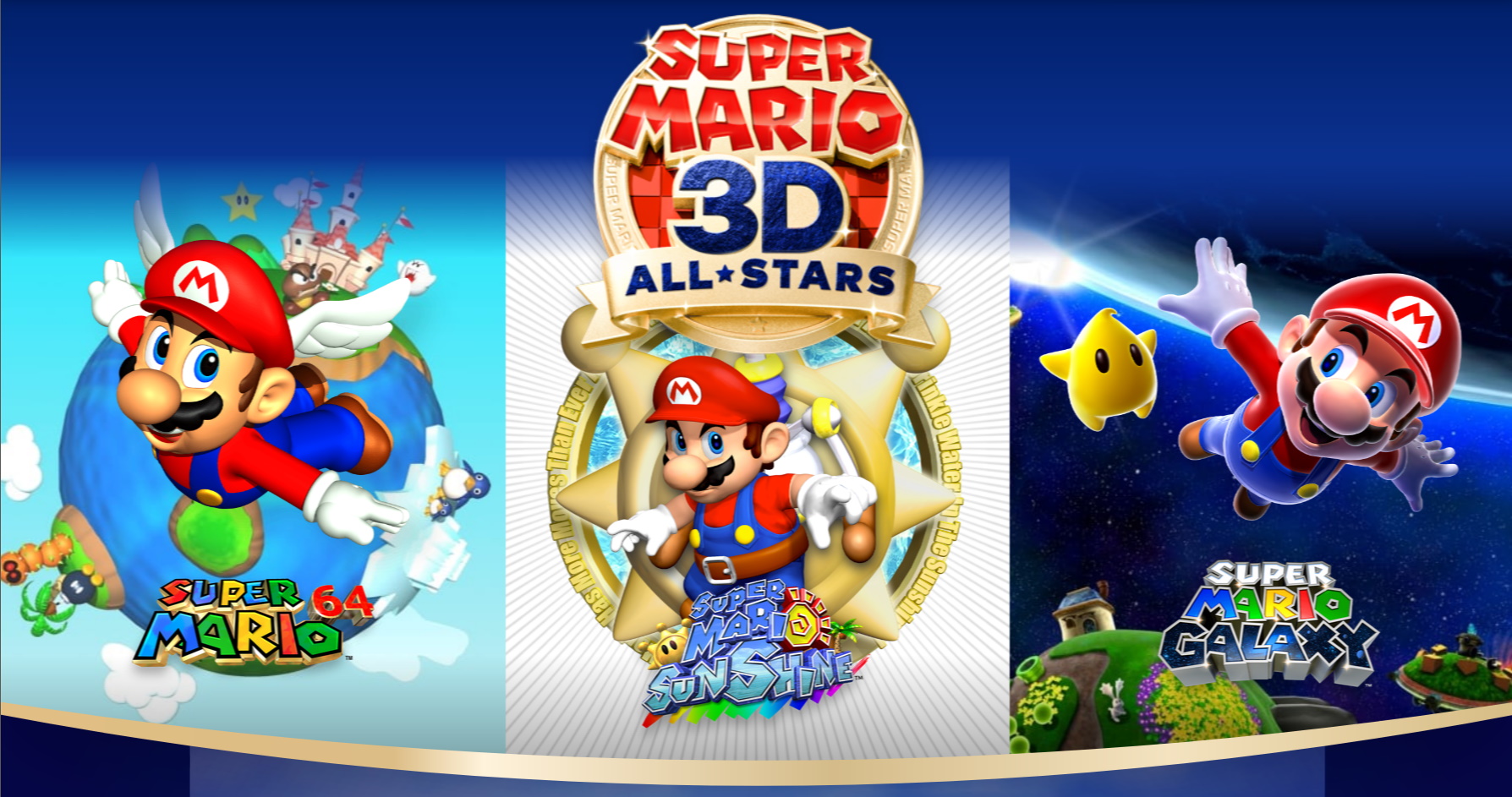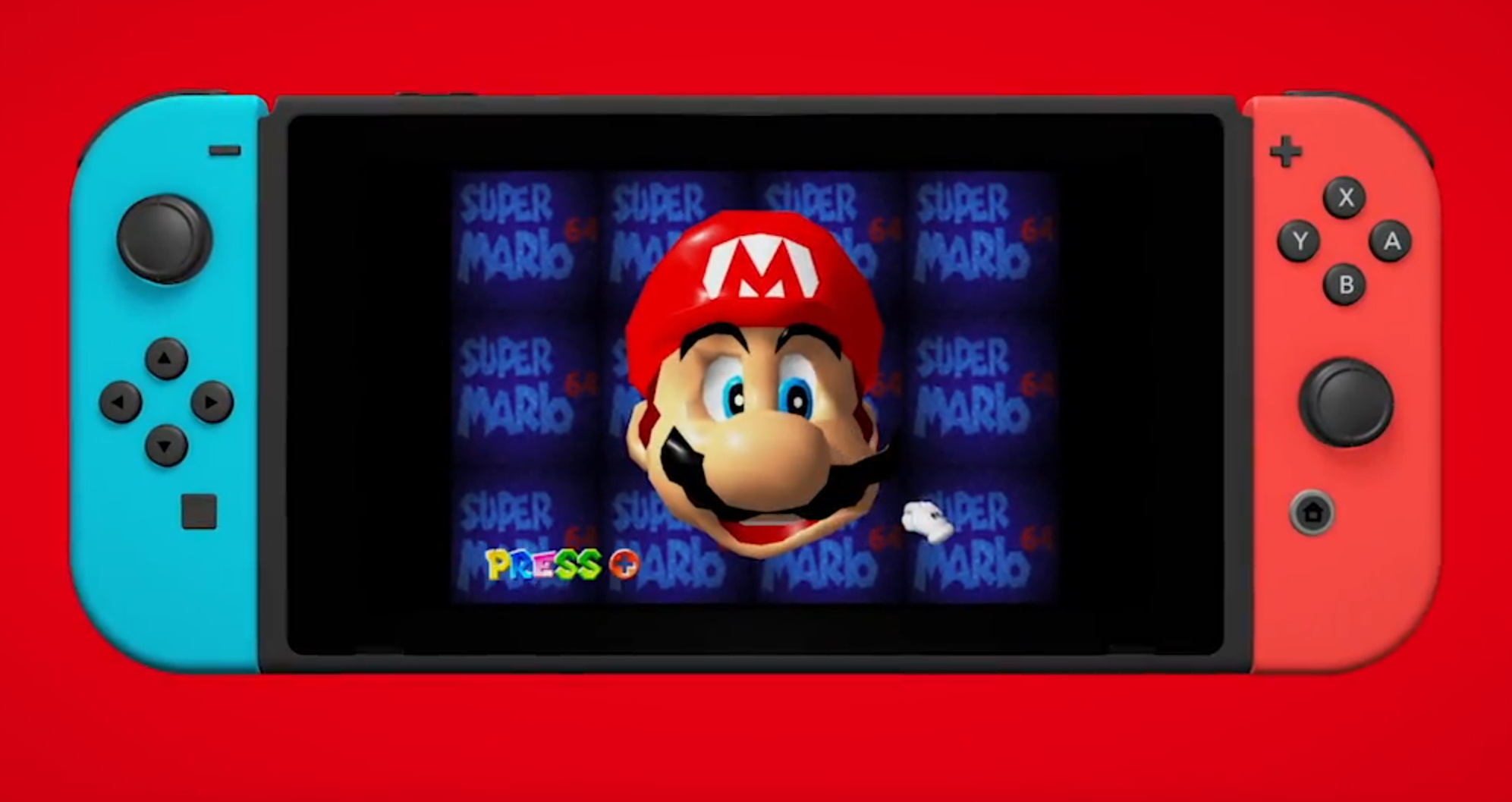It has always been considered a matter of if, and not when, Nintendo would begin capitalizing in earnest on content from beyond the SNES generation. The company is finally showing its intent to do so today — but with an uneven approach that leaves some fans worried about its intentions for other all-time gaming classics from the 64-bit era and beyond.
In a celebratory video of 35 years of Super Mario Bros. history, Nintendo announced a litter of new and old games starring its iconic plumber protagonist.
Some of its announcements were very Nintendo, in a good way. Making a Mario Kart that, like the Labo DIY projects, bridges the gap between reality and game is a brilliant idea and very unlike what others in console gaming are doing. And the retro-style “Game & Watch” handheld pre-loaded with Super Mario Bros. and the Lost Levels will no doubt be a popular gift this holiday season.
Nintendo also demonstrated a willingness to experiment with its oldest and in some ways most conservative franchise with Super Mario Bros. 35, a sort of battle royale version of the original game where 35 players compete on the same level, sending hazards to one another and attempting to finish with a variety of win conditions. A logical sequel to Tetris 99, which applied a similar transformation to everyone’s favorite block-based puzzler, and potentially a lot of fun.
But when it came to bringing fan favorites from the N64 and GameCube to the Switch, the company left much to be desired.
Nintendo’s approach to resurrecting its back catalog has been haphazard: Giving away NES and SNES games for free to Nintendo Online subscribers is a nice bonus in a way, but many players have already paid for those games on previous consoles, perhaps multiple times. Why, players have asked, can’t someone just bring their purchase of Kid Icarus over from the Wii’s Virtual Console to the Switch and play it without a subscription? Nintendo has never provided a good answer to this; in the SNES Mini it has provided an excellent alternative — though of course it means buying the game yet again.
The question on countless players’ minds was: Will Nintendo add N64 titles to the library of past-generation games for anyone to access, or gussy them up and sell them separately? With both Mario and Zelda’s 35th anniversaries approaching, this was a very material concern.
As it turns out, Nintendo has somehow threaded the needle with a solution seemingly made to leave everyone wanting something more.

Image Credits: Ninendo
The Super Mario 3D All-Stars collection includes Super Mario 64, Super Mario Sunshine and Super Mario Galaxy, from the N64, GameCube and Wii respectively, and has a full-size $60 price tag. These are all great games, obviously. But being classics doesn’t mean there’s no way to update them for modern audiences.
Take Mario 64. Universally beloved and hugely influential, it is nevertheless a bit long in the tooth in some ways. But the Mario 64 in All-Stars is only brought up to the barest standard of playability on modern consoles: It works with current Switch controllers and runs at an updated resolution. They didn’t even bother changing the original 4:3 aspect ratio!
Amazingly, Nintendo didn’t even include the substantial upgrades it made itself for the DS re-release of the game. As with the original All-Stars for SNES, which included re-drawn sprites and other improvements, this was an opportunity to show the quality of these games while also doing right by fans who have for years had to resort to emulators and mods to make the games suitable for 21st-century consumption.
Instead Nintendo has opted to do the absolute minimum while charging the absolute maximum. What’s more, there seems to be some kind of limited availability that the company hasn’t quite made clear — what goes on sale in a couple weeks will only be available until March of next year. Then what? Nintendo hasn’t said. (I’ve asked for clarification and will update this article if I hear back.)

Image Credits: Nintendo
Long-time customers will not be surprised by Nintendo’s oblique strategy and seeming lack of ambition here. The company has institutionalized a unique combination of extreme conservatism and eye-popping risk-taking. Overdeliver with one hand and underdeliver with the other is Nintendo’s approach, and it was hoped by many players that the former hand would be the one with the Mario anniversary content in it.
It’s troubling not simply because there’s one game that doesn’t justify its price tag good value, but because it signals an underwhelming approach to the entire library of Nintendo classics. With the 35th anniversary of other beloved franchises on the horizon — Zelda and Metroid, for a start — it is a legitimate worry that Nintendo may likewise let down the fan base.
Sure, it may sound a bit like the notorious entitlement expressed by gamers over things like microtransactions, exclusivity agreements and so on. But with Nintendo and these very important titles from its vault, expectations are justifiably different.
With almost no releases on third-party platforms and an aggressive approach to shutting down what it views as IP offenses, Nintendo exercises an iron grip over its content, especially its crown jewels, Mario and Zelda. If we are ever to receive an improved version of Mario 64, or Sunshine, or for that matter Ocarina of Time, not to speak of dozens of other classics, Nintendo is the only one that can provide it.
Sometimes that means a beautiful total redo of a game like Link’s Awakening. But at other times it means we must make do with scraps from the table, as with the arbitrary trickle of NES and SNES games coming to Nintendo Switch Online (itself a bundle of scraps compared with other console subscriptions, it must be said). Everyone right now is thinking that the inevitable Zelda collection will be equally bare bones (and expensive).
The dream players have for decades cherished for example, a multiplayer Mario 64, will never emerge in the wilds of the internet because Nintendo will swoop in with a cease and desist in record time. So they must rely on the company to make those dreams come true, and it is remarkably inconsistent in doing so.
The treasure chest of games Nintendo has just opened the lid on is potentially a source for years of content and will partly define the company’s overarching strategy going forward. But it makes gamers nervous to see Nintendo aiming at their wallets instead of their hearts. Usually it’s at least both.

No comments:
Post a Comment